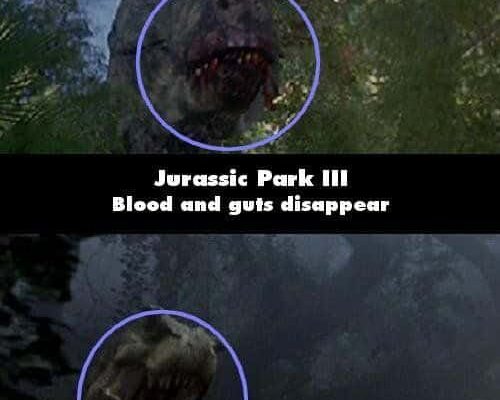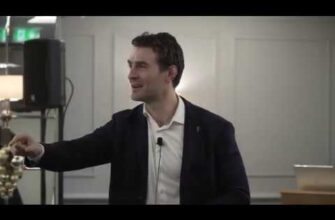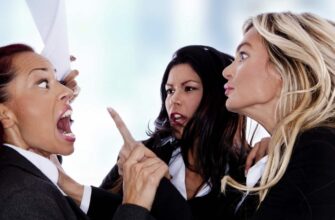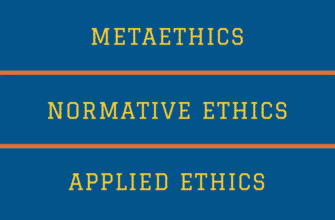In a few weeks we revisit the world of Jurassic Park. This blockbuster movie/book trilogy introduced the challenges associated with starting a dinosaur zoo. If you recall, the problems began when a computer programmer shut down the power so he could steal dinosaur embryos. Without power, the dinosaurs broke free and adventure ensued. This summer’s Jurassic World will show how much our characters have learned since we last saw them.
As discussed in his recent book Antifragile: Things That Gain from Disorder, risk engineer Nassim Nicholas Taleb theorized on the benefits of learning from errors. Those who practice antifragility, as Taleb penned it, increase their capability, resilience, and robustness as a result of failures and faults.
ContentsThat which does not kill us makes us stronger. – Friedrich Nietzsche
While antifragility improves resiliency and robustness, there are not synonymous concepts. Resilience is the ability to recover from failure; we resist shocks and stay the same. Robustness is the ability to resist failure where we actively avoiding mistakes. Antifragility, on the other hand, is absorbing the mishaps in an attempt to get better.
When we practice antifragile habits, we are making a conscious effort to prioritize continuous development over comfort. It involves a never-ending cycle of aiming high > making a mistake > learning from the mistake > aiming high > and so on. With antifragility, we experiment with various iterations, making manageable, small errors along the way. Because the mistakes are smaller in scope and are being addressed in real-time, we avoid the potential of bigger problems.
If this sounds easy, that’s because it is. All it takes is an observant mentality and humility. We need to seek out disruptions and challenges. We need to set challenging goals. We need to dissect every failed attempt. And we need to dig into past successes so we can learn how it could have been done even better.
If it doesn’t challenge you, it doesn’t change you. – Fred Devito, fitness expert
Having not yet seen it, I’m sure the scientists featured in Jurassic World have practiced antifragility. With three movies full of human error that led to widespread death and destruction, they should now have a better understanding of the dangers associated with dinosaurs, necessary safety precautions, and the need for redundancy in their processes. This fourth installment is bound to be less of an action/suspense film and more of a slow paced, paleontological drama focusing on the idiosyncrasies of dinosaur life. After all, what could be more exciting than witnessing the excitement of antifragility in action.






